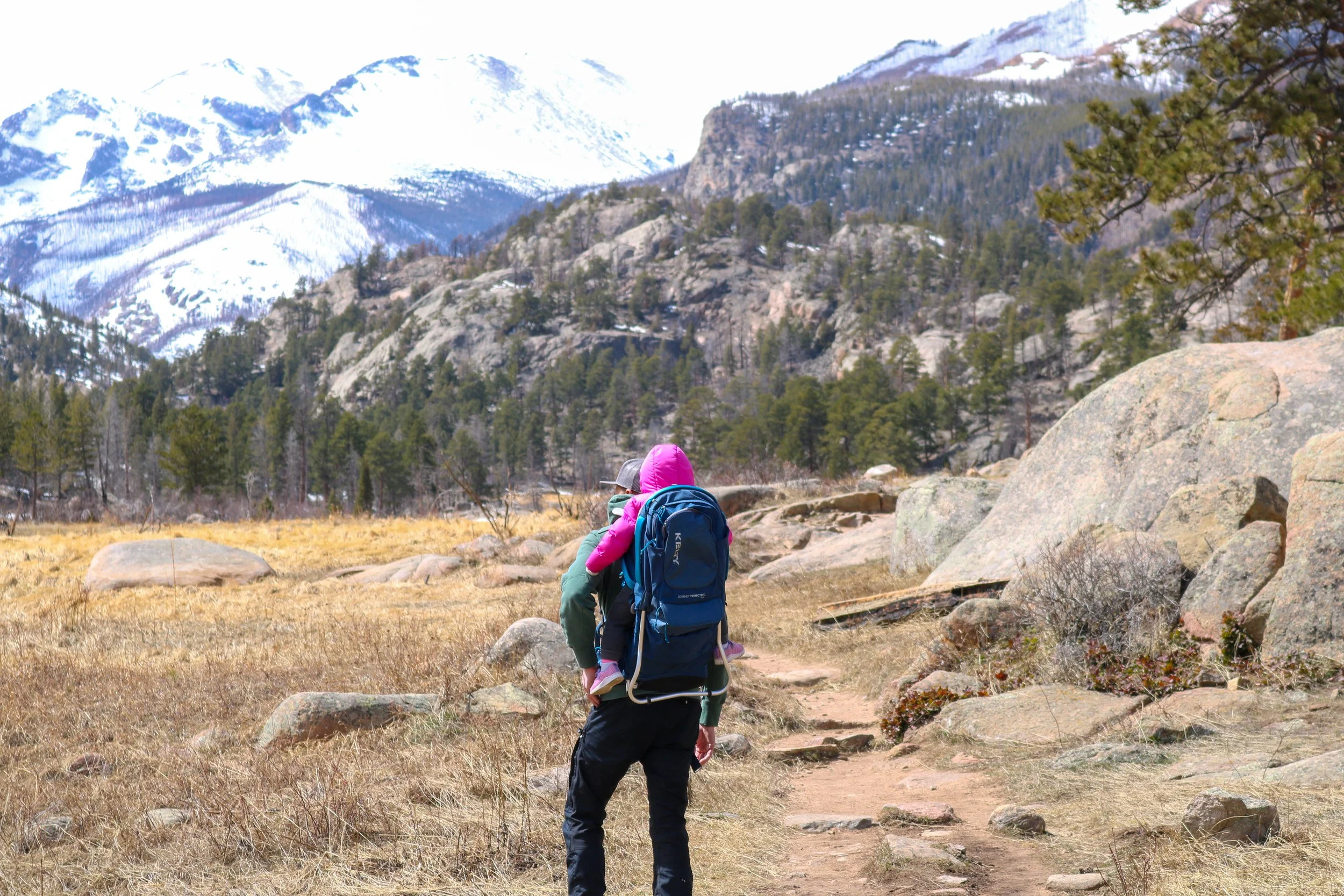Yep, it's true. I'm a big wuss when it comes to flying. It terrifies me. There's something about getting in a heavy, enclosed, metal tube and hurdling through the air at 400+ mph that makes me flat out sweat. The worst part about it is that I love to travel. This means that my passion for travel requires me to face my biggest fear in order to enjoy it. Oh the irony.
I think the comforting part is that I know I'm not alone. Many people have a fear of flying on some level and we all have similar questions. How safe is flying? How dangerous is turbulence? What happens if a plane loses an engine? What about both engines? What do those chimes and dings mean during flight - is something wrong? Fortunately for us, "Knowledge is Power" (thank you Sir Francis Bacon). What I mean is that the more we know, the less we have to be afraid of. Did you know that a full size passenger jet can take off with only one engine? Or that during almost every flight your plane actually glides without thrust from the engines (Don't worry the engines remain on). I knew none of this until I started reading. My favorite resource so far is called "Cockpit Confidential" by Patrick Smith. It not only changed my perspective on air travel, but also started to weaken my fear of flight. Patrick is a commercial airline pilot who operates out of Boston Logan and he wrote his book to clarify this industry and any myths that inevitably come along with it. For those of you who don't feel like thumbing through the 280+ pages, I figured I would jot down a few of the most significant points that I learned. With that being said, he covers so much more industry related content that I would encourage everyone to read his book cover to cover.
For me, turbulence is petrifying. I can't stand the thought of a giant machine getting tossed around mid-air, while I'm sitting helplessly in my seat, powerless. Luckily for me, the truth helps big time with this part of flying. Turbulence is not easy to predict, but it isn't dangerous. The plane is meant to move and adjust to the forces that turbulence puts on it. Can a freak accident happen? Sure. But it is EXTREMELY unlikely. According to Patrick Smith, there has only been one commercial airline disaster ever that has been linked back to potentially being caused by turbulence (it certainly wasn't turbulence alone for that matter). With around 100,000 flights a day worldwide, that puts our chances way to the right of the decimal point. Does this mean people haven't been injured? Nope. You will have people who refuse to obey the seat belt light and inevitably end up injured during rough air. But that's on them - not the aircraft. As for prediction of where the rough air is and when it will hit, things get a little more fuzzy. Pilots have a good idea where smooth and choppy air should be, but just like our local weather channel, things change. The captain will usually adjust altitudes in order to find smoother air, not because the aircraft is at risk, but rather to provide a better customer experience for us. To summarize and as Mr. Smith so bluntly put it, it's easy to picture the captain white knuckling a steering wheel, covered in a thick layer of perspiration, as he fights his ship against a relentless storm - the truth of the matter is that he is probably just irritated that his orange juice is spilling into his cup holder.
Who needs engines? Seriously though - hear me out. Pilots are trained for the worst case scenarios and drill on these multiple times per year. This includes catastrophic equipment failure. As a result, every take off and landing is planned with the worst case scenario in mind. For example, the following is a simplified look at the most dangerous part of a flight - takeoff. As every plane travels down the runway, it is heading towards a predetermined point at which a decision is made to either depart from the ground, or toss on the brakes and come to a stop. If it gets to the coordinated take-off distance, without any issues, the plane will depart as intended. If something happens before this mark, which could cause danger to flight, the take-off is aborted and there is enough runway remaining to safely stop the aircraft. So what happens if there is a technical failure after the point of no return? Like I said, these situations are planned for and drilled on. If an engine completely fails after the decision to take flight (and with no room to brake) the plane will still have the ability to safely ascend. Planes can take off with one engine - who knew?! In addition to takeoff, (and as I mentioned earlier) every plane glides without thrust at some point during flight (Mostly during descent). The engines do remain on and stay idle, but there is no push being utilized. This means that even if both engines were to completely fail, the airplane could still fly...and for around 100 miles at that!
Why do I hear dings or chimes followed by a flight attendant answering a phone call? Is the pilot trying to tell them something is wrong? There is almost a zero percent chance this is what those calls represent. Most likely, the captain has to pee, or the flight attendant in the back of the plane ran out of napkins. Don't fret, this communication is normal.
Lastly, and probably most importantly for us nervous fliers, air travel is safe. Go play the lottery - you have a much better chance of striking it rich than dying in a plane crash. Patrick Smith cited a 2003 University of Michigan study published by American Scientist magazine regarding the following. The study conservatively measured the number of take offs and landings (the times where flight carries the most risk) and compared this to rural highway data (safest driving environments). They still found that a passenger is 65 times more likely to die in a car accident! Do catastrophic failures still occur involving airlines? Sure. But you could also choke to death on a chicken bone tonight at dinner...Finally, air travel has only become safer over time. We have doubled the number of passengers world wide since 1980, yet our safety records have proved five times better than they were back then.
Well there we have it. For my fellow uneasy flyers, I hope this helps and that you continue to fly and explore new places. I promise to continue doing the same, as I'll embark on my longest flight duration yet, when we take the Boston to Dubai leg on our way to Thailand (12 hours). Who knows, maybe I'll even fall asleep :) .
Cheers!
If you are interested in Patrick's book, it is available on Amazon in paperback. Even if fear of flight isn't a worry for you, I would highly recommend grabbing a copy, as he has vast knowledge regarding a very confusing and seemingly hidden industry.





